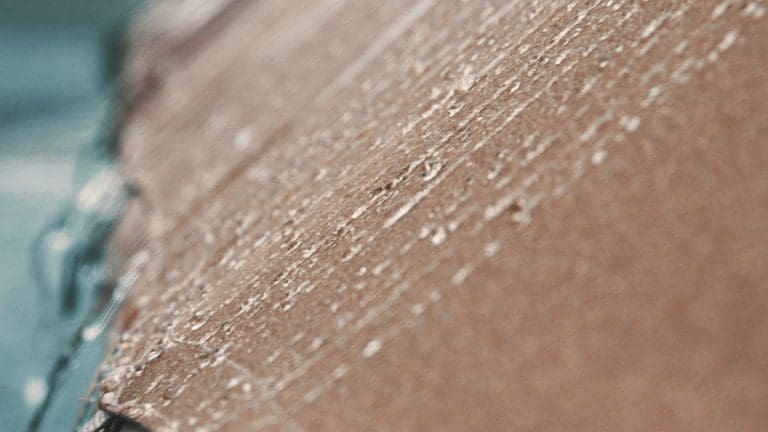Here at The Tipi Company, we take the weather seriously. Our tipis need to serve our customers in wind, rain, or shine, and be a shelter from the elements so that the show goes on no matter what the weather is doing. Our tipis use a fabric that has a high Hydrostatic head, but what does that mean and how does it help protect tipis in the rain? Well, here we have a simple guide to everything you need to know about the Hydrostatic Head of a fabric, and how our tipis stand up to the rain. By blending traditional design with modern manufacturing and fabrics, Tipi Company tipis are a port in a storm for every event.
Hydrostatic head (hh) is a critical measure of a fabric’s waterproofing and water resistance. It’s the amount (in millimetres) of falling water, also called a water column, that the fabric can hold before water penetrates it. For example, a fabric with an hh of 2000mm can withstand a water column of 2 metres tall without beginning to leak. The higher the hh, the more waterproof the fabric is. Waterproof fabrics can have an hh as high as 30,000mm, but the minimum requirement in the UK for a fabric to be classed as “waterproof” is a Hydrostatic Head of 2000mm.

When it comes to outdoor event equipment like tipis, the hh of the fabric used is of utmost importance. This is because outdoor events are often subject to unpredictable weather conditions, from light showers to heavy downpours. A high hh fabric ensures that the tipi’s interior stays dry, even in heavy rain.
For a tipi to resist light showers, the hh must be 1000mm or more. For heavy rain and wind, an HH of around 2000mm is recommended. Groundsheets, which are under more pressure due to people walking or sitting on them, should ideally have an hh of 3000mm or more.
Different types of fabrics come with different levels of hh. When choosing your outdoor structure, it is crucial to consider the expected weather conditions and the amount of pressure the fabric will be under. If you expect heavy rain and a lot of foot traffic inside the space, you need to opt for a product that has a higher hh fabric.
All of our tipis and accompanying products are manufactured from the Coated Campshield fabric from Tencate. It is simple the best fabric available on the market for tipi canvases, and its Hydrostatic Head is 4000mm, meaning you can rely on it come rain or shine.
Proper maintenance of your tipi tent can help prolong its lifespan and maintain its hh level and the strength of its components. Here are some tips for cleaning and maintaining your tipi tent fabric:
Understanding the Hydrostatic Head of fabric and how it impacts the waterproofing of your tipi, along with proper maintenance and care, can ensure your outdoor event goes off without a hitch, come rain or shine. Look after your tipi, and it will look after you whatever the weather.




